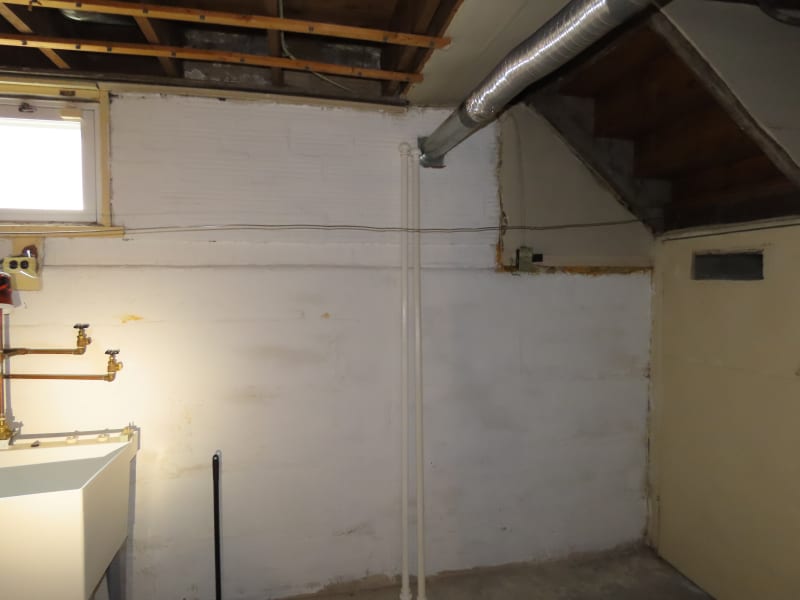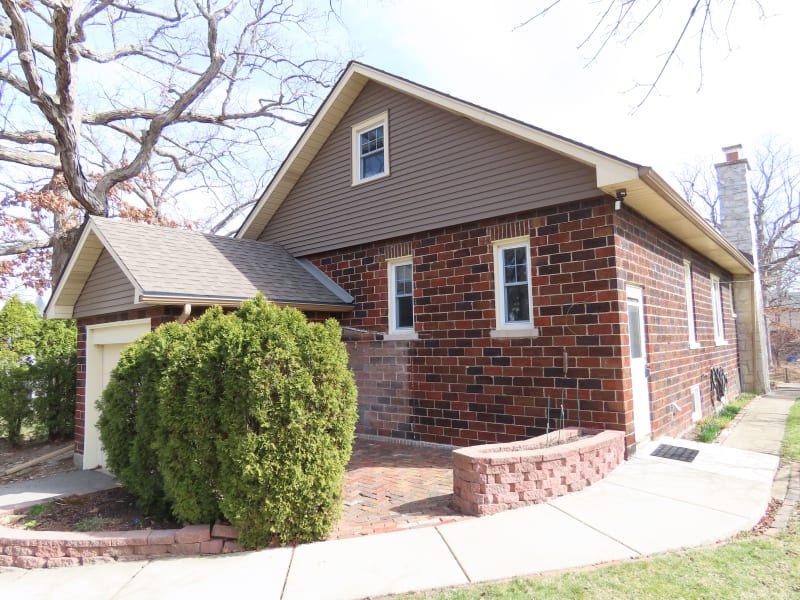mfstructural
Structural
I wanted to get everyone's thoughts on adding a second story on the existing residence. It's a two wythe 8" masonry wall unreinforced on 10" concrete foundation walls. I understand we'll have to verify foundations but has anyone ever added a second story to a residence like this? In the past I've been on the fence and have generally recommended that a wood framed wall be added on the inside of the masonry to support the second story. this of course drives up costs. One option is to expoy a threaded rod through an 8" sill plate into the top of the existing wall. The shear will be transferred through that connection. I've attached some photos.






